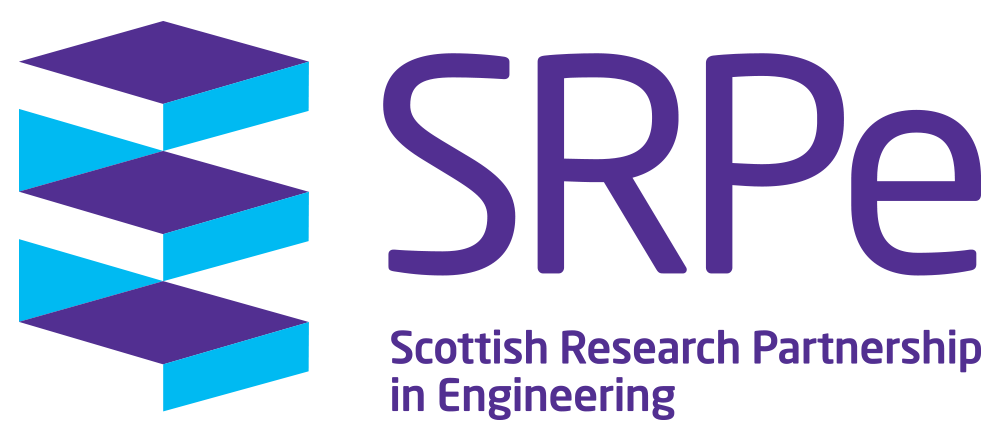A Novel Modular Solution for Healing Non-Union Bone Defects
Sub-theme: Healthcare Technologies and Devices of the Future
Led by: University of Glasgow
In Collaboration with:
University of Strathclyde (UK)
Histocell (Spain)
University of Navarra (Spain)
University of Nottingham (UK)
Max Plank Society for the Advancement of Science (Germany)
NHS Greater Glasgow and Clyde (UK)
Contact: Professor Manuel Salmeron-Sanchez, University of Glasgow
Summary
Over the last year, most NHS bone health services were suspended due to Covid-19. Untreated fractures caused by long-term conditions such as Osteoporosis are expected contribute to increasing numbers of non-union fractures, an already significant long-term clinical challenge. The gold standard treatment is an autograft transplant, but supply is limited, there are frequent complications, and it requires significant clinical care.
University of Glasgow has been leading the development of bone regeneration technologies. In 2017 they received £2.7m from Sir Bobby Charlton Foundation towards research that is ongoing. In 2020, they received £5.2m for a 5-year project ending in 2025. This project received funding from the European Union Horizon 2020 programme research and innovation programme under grant agreement No 874889. Alongside local and international collaborators, they have developed an ‘off-the-shelf’ equivalent to an autograft.
Their modular strategy for repairing bone defects involves a novel bioactive coating applied to synthetic implant material and a novel stem cell therapy. The coating facilitates a safe and efficient way of delivering low dose BMP-2 (bone morphogenetic protein 2), a powerful growth factor required to stimulate bone regeneration, to the fracture. High dose BMP-2 has been associated with adverse systemic side effects. This has shown promising results in pre-clinical models and veterinary treatments. They have also developed a cell therapy where stem cells are osteogenically primed towards osteogenic commitment using mechanical stimulation and added directly to the fracture. This is being prepared for first-in-human trial in 2022.
This interdisciplinary team have developed technologies that provide an efficient, safe, and cost-effective alternative to autografts with the flexibility to treat bone defects of varying size.
A Novel Modular Solution for Healing Non-Union Bone Defects - Case Study PDF
